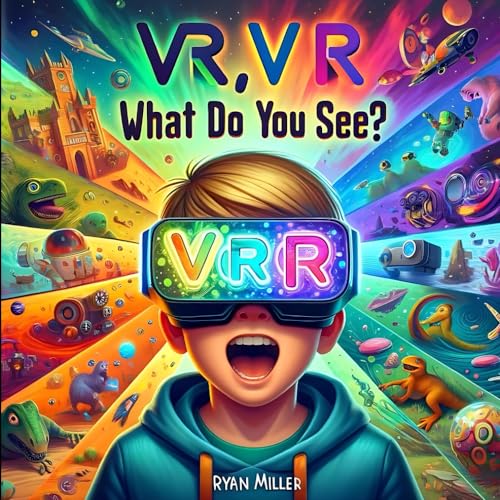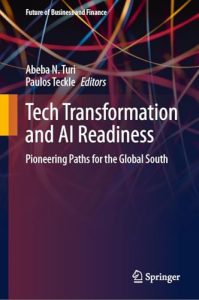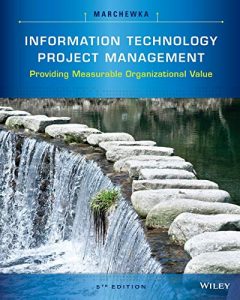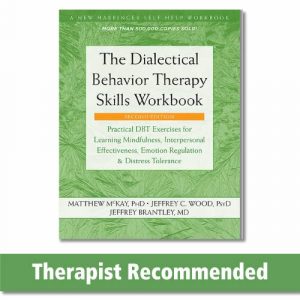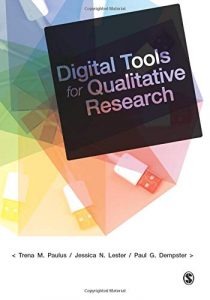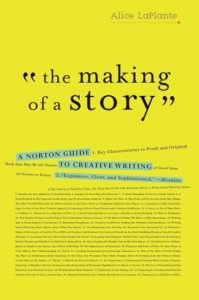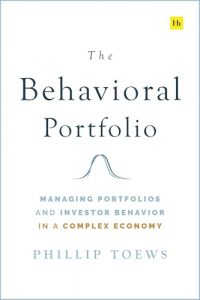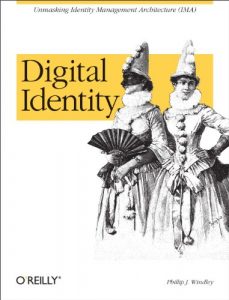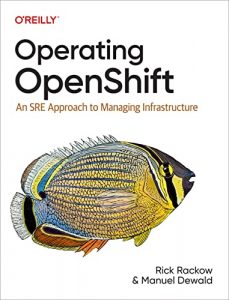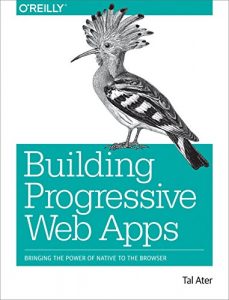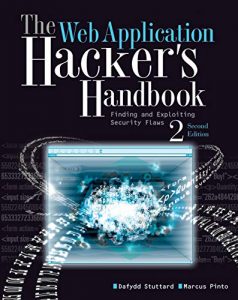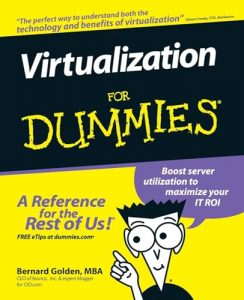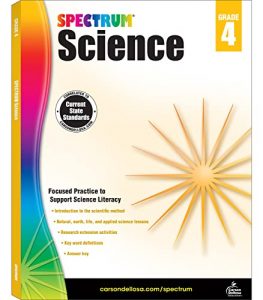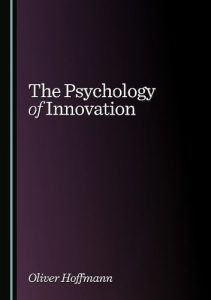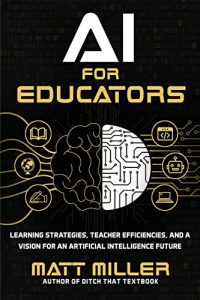1. VR, VR, What Do You See?: Exploring New Worlds: A Child’s Journey Through Imagination and Virtual Reality
This enchanting book by Ryan Miller invites young readers on a whimsical journey exploring imagination and the expansive possibilities of virtual reality. Through imaginative storytelling and vivid illustrations, children are encouraged to dream big while discovering how VR technology enhances creativity and exploration. This book serves as an excellent introduction to the concept of virtual worlds, making it a staple for young explorers and their families alike. It’s a breathtaking fusion of educational content and storytelling that ignites the imagination.

2. The 360° Video Handbook: A step-by-step guide to creating video for virtual reality (VR)
Michael Wohl’s “The 360° Video Handbook” is a monumental resource for anyone aiming to dive into the innovative world of 360-degree video. Perfect for beginners and professionals alike, this comprehensive guide walks readers through the entire process, from conceptualization to completion. It blends artistic vision with technical guidance, ensuring that readers learn to create immersive experiences that capture and hold audience interest. Explore your creativity and transform your video projects with this essential manual.

3. Therapeutic Virtual Reality: Mental Health Breakthroughs Using VR
Edmund Harper’s “Therapeutic Virtual Reality” is a groundbreaking exploration of how VR technology is revolutionizing mental health treatment. This book presents fascinating insights into how immersive environments can be used for therapy, showcasing various techniques and case studies that highlight its efficacy. It’s a must-read for mental health professionals, students, and technology enthusiasts eager to understand the therapeutic possibilities of virtual reality in treating conditions like PTSD, anxiety, and phobias.

4. Storytelling for Virtual Reality
In “Storytelling for Virtual Reality,” John Bucher delves into crafting narratives uniquely suited for immersive experiences. This title provides aspiring creators with the skills to weave compelling stories that resonate in virtual spaces. With practical examples and tips, Bucher illustrates how storytelling principles adapt to VR settings, making it essential reading for game developers, filmmakers, and storytellers. Elevate your narrative skills and learn to captivate audiences in ways never thought possible.

5. Virtual Reality (VR)
Cedar Tolani’s “Virtual Reality (VR)” is an affordable introduction to the fundamental concepts and applications of VR technology. At just 99 cents, this book is an invaluable resource for beginners keen to explore the basics without a hefty investment. The book simplifies complex ideas, making VR accessible to everyone. If you’re curious about the potential and future of virtual reality, this is a great start.

6. Swift for Virtual Reality: Building Augmented and AR/VR Experiences
Oliver Snowden presents an in-depth guide with “Swift for Virtual Reality,” which equips readers with the skills to create augmented and virtual reality experiences using the Swift programming language. Ideal for beginners, this book combines practical coding lessons with engaging project ideas. Whether you’re entering VR development or enhancing your existing knowledge, this book opens doors to creating groundbreaking applications and experiences.

7. Virtual Reality with Python: Building VR Applications with PyOpenGL
For those interested in coding VR applications using Python, Alex Coder offers a hands-on approach in “Virtual Reality with Python.” This practical guide provides clarity on building VR applications with popular Python libraries, perfect for tech-savvy readers wanting to venture deep into virtual reality development. Learn the technical skills needed to create interactive environments and applications that can change the way users interact with digital spaces.

8. VIRTUAL REALITY (VR) AND MENTAL HEALTH
Michael Matthew’s “VIRTUAL REALITY (VR) AND MENTAL HEALTH” critically examines the intersection of VR technology and its applications within mental health care. This timely book sheds light on the potential of VR in therapeutic practices, stressing innovation and emergence in mental health treatments. It’s essential for mental health practitioners eager to integrate cutting-edge technology into their methodologies.

9. XR Development with Unity: A beginner’s guide to creating virtual, augmented, and mixed reality experiences using Unity
Anna Braun and Raffael Rizzo’s “XR Development with Unity” provides a comprehensive introduction to the world of XR (Extended Reality). This book is essential for developers wanting to create engaging virtual and augmented experiences. It covers the Unity engine’s functionalities, highlighting how easy it is to start building incredible immersive environments. This guide is packed with practical exercises and well-timed advice to help novices flourish in the fast-paced XR development scene.

10. Unity® Virtual Reality Development with VRTK4
Christopher Coutinho’s “Unity® Virtual Reality Development with VRTK4” offers a no-coding approach, targeting creators of all skill levels. Perfect for those intimidated by coding, it uses visual scripting to guide readers in developing immersive experiences. This book breaks down the development process into manageable sections, aiding newcomers in quickly grasping essential concepts while urging creativity in projects. Perfect for game developers and anyone venturing into VR application creation.


